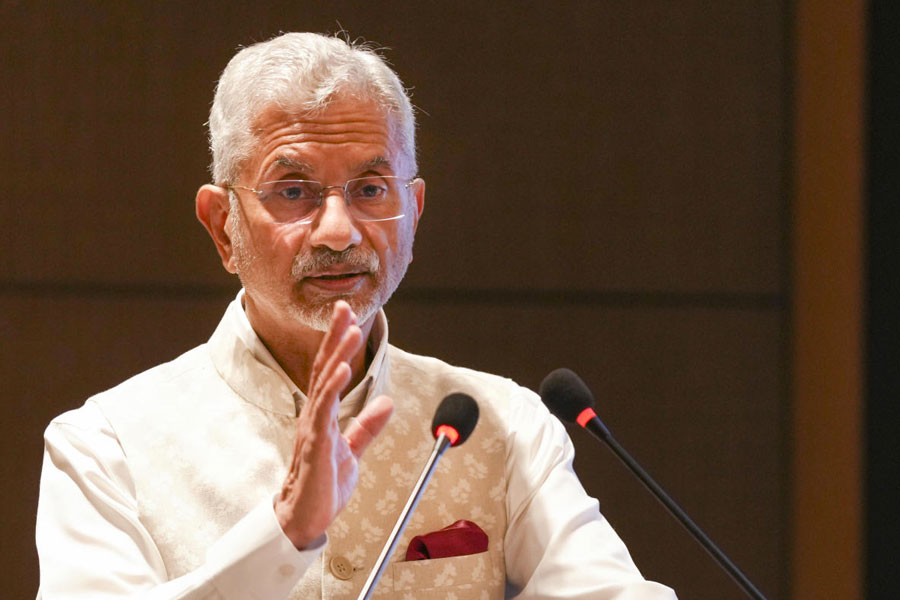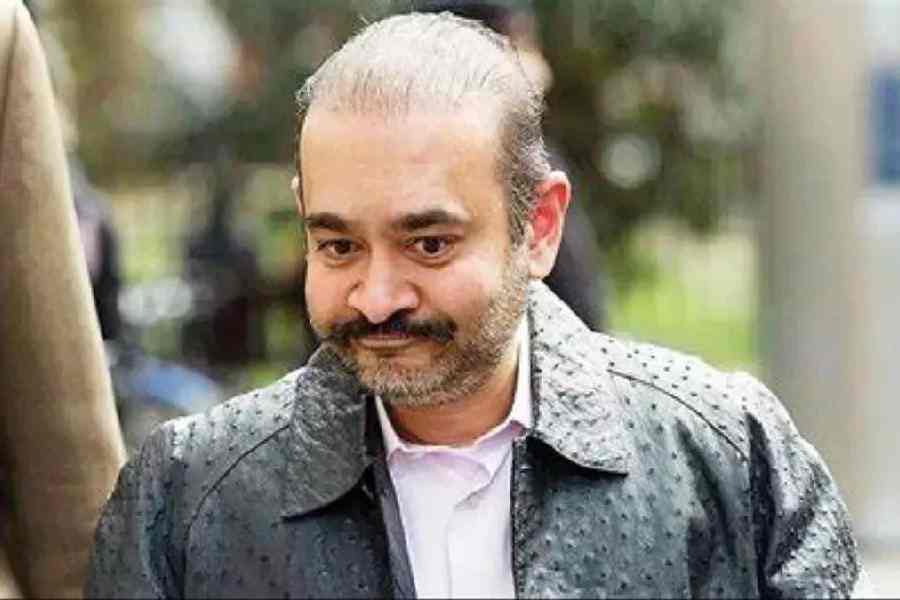 |
If it weren’t the crack of dawn, you would have thought that Shah Rukh Khan had a show in Bangalore’s Central College grounds last week. There was a heavy police presence and cars were packed bumper-to-bumper in the parking lot. The milling crowds, though, mostly carried yoga mats.
By 4.30 am, every inch of the ground was covered with mats, sheets and carpets. People were waiting for the saffron-clad, bearded Swami Ramdev Maharaj to teach them to live a blood-pressure-diabetes-hypertension-spondilitis-free life. The Hardwar-based yoga guru promised all ? weight loss, a healthy kidney, stomach, heart, lung and liver. “Life will be beautiful,” he said.
Suddenly, all of urban India is walking around with a yoga mat these days. The 5,000-year-old yoga discipline has suddenly come into vogue in its homeland. Yoga gurus are raking in fame and fortune. Ramdev would have made a cool Rs 75-80 lakh at the seven-day camp, with tickets priced between Rs 500 and Rs 2,100.
In its new-age, consumer-friendly avatar, yoga is not about attaining nirvana in the next life. “It’s a drug-free way of achieving mind and body fitness in today’s high-stress life. Yoga is now a combination of consumerism and spirituality,” says Dr S.N. Omkar, head of the Bangalore-based Yoga Mandir and yoga coach for the Indian cricket team.
You don’t need to trek to the Himalayas to learn meditation any more. The Delhi-based Morarji Desai National Institute of Yoga (MNIY) trains 5,000 people in yoga asanas, pranayama and meditation every year. “There has been a 30 per cent increase in the number of students signing up for yoga classes every year. Most opt for the one-month crash course,” says the institute director, Dr Ishwar V. Basavaraddi.
In fact, MNIY has plans to move yoga from beneath the banyan tree to the boardroom. Starting this month, the institute launches a special yoga module for information technology and BPO company employees. The module has been designed in collaboration with two Delhi hospitals ? Escorts and Apollo. “The module was put together following a nationwide study we conducted on techno-stress in the IT sector,” says Basavaraddi.
In Chennai, the Sanjeevanam Wellness Centre ? which started in July last year ? doles out designer yoga manuals for modern living. The centre has a corporate yoga programme, a maternity module for pregnant women and a vacation yoga programme for students to help them concentrate better in class.
The Centre has also tied up with a city-based cardiac hospital ? Frontier Life Line ? to teach yoga to its patients. “Yoga helps heart patients overcome the stress and fear of surgery,” says Dr Subhashini, head of the yoga department at the Sanjeevanam Centre.
Subhashini says a majority of those at Sanjeevanam have taken to yoga to relieve stress. “Even students complain of high stress levels at school. Yoga is now being seen as an effective stress-buster,” she says.
To counter student stress, academic institutes are incorporating yoga in college curricula. “The Symbiosis Management Institute has made yoga a part of its curriculum. Students get credits for completing the course,” says Dinesh Kashikar, a yoga teacher at Bangalore’s Art of Living Centre, who conducts yoga classes at Symbiosis, the Indian Institute of Technology, Mumbai, and the Indian Institute of Management, Bangalore.
Yoga schools that have been around for aeons are suddenly seeing boom time. Omkar has a two-month waiting period for his yoga classes. And the sprawling Vipassana Mediation Centre ? located 30 km from Bangalore ? gets 80 to 100 people for every 10-day residential programme it conducts.
“Earlier people balked at the idea of not speaking a word for 10 days ? as is required for the course. Now we run at full capacity,” says Jyotiprakash Sargur, administrative in-charge at Bangalore’s Vipassana Centre.
Yoga Master BKS Iyengar’s Iyengar Yogashraya ? located in Mumbai’s Lower Parel ? could barely find students to fill the three classes a week that it held till the 1990s. “Now we hold 50 classes a week,” says Rajavi Mehta, yoga teacher at Iyengar Yogashraya. The yoga centre conducts special classes for children, mentally-disabled adults and corporate executives.
Mehta feels yoga is booming in India because it got a thumbs-up in the West. According to a Yoga Journal survey, 15 million Americans practise yoga, up by nearly 30 per cent in the last year. Wal-Mart sells yoga accessories. Nike is scheduled to launch its first yoga shoe. Yoga guru Bikram Choudhury enjoys rock star status in the US.
“In the last five years, yoga has become very big in the US. That is reflected in India,” says Mehta. If Madonna and Sting practice yoga, Indians want to do it too.
Also, with rising disposable incomes matched by a spurt in lifestyle-induced illnesses, yoga is seen as an effective medical process. “People still turn to yoga as a last resort. When they find no tangible cure for problems such as hypertension and diabetes, they look for natural treatment,” says Omkar of Bangalore’s Yoga Mandir.
There are reasons, too. Television channels such as Aastha and Sanskara have made yoga gurus like Ramdev household names. And unlike the earlier godmen who were known more for their nefarious political or personal lives, the new-age gurus ? despite Brinda Karat’s allegations ? are people with fairly clean images.
With yoga schools under every stone in most Indian cities, there is increased accessibility to the discipline. “People don’t have to scout around for yoga teachers. They are everywhere,” says Omkar. And there’s yoga to suit every pocket. Dr S.N. Omkar’s The Yoga Mandir charges Rs 100, Mumbai’s Iyengar Yogashraya Rs 250 and Chennai’s Sanjeevanam Centre Rs 1,000 a month. A life membership to Ramdev’s Hardwar yoga centre, however, comes for Rs 1 lakh and a patron membership for Rs 2.5 lakh.
For the doubting Thom-ases, there is scientific research to rely upon. “Research at the All India Institute of Medical Sciences and at Bangalore’s NIMHANS has proven that pranayama is based on sound scientific principles. This has increased yoga’s credibility,” says Kashikar.
But for Ramdev’s 7,800 followers meditating their ailments away at Bangalore’s Central College grounds, the Swami has probably achieved what science couldn’t ? instant nirvana.










